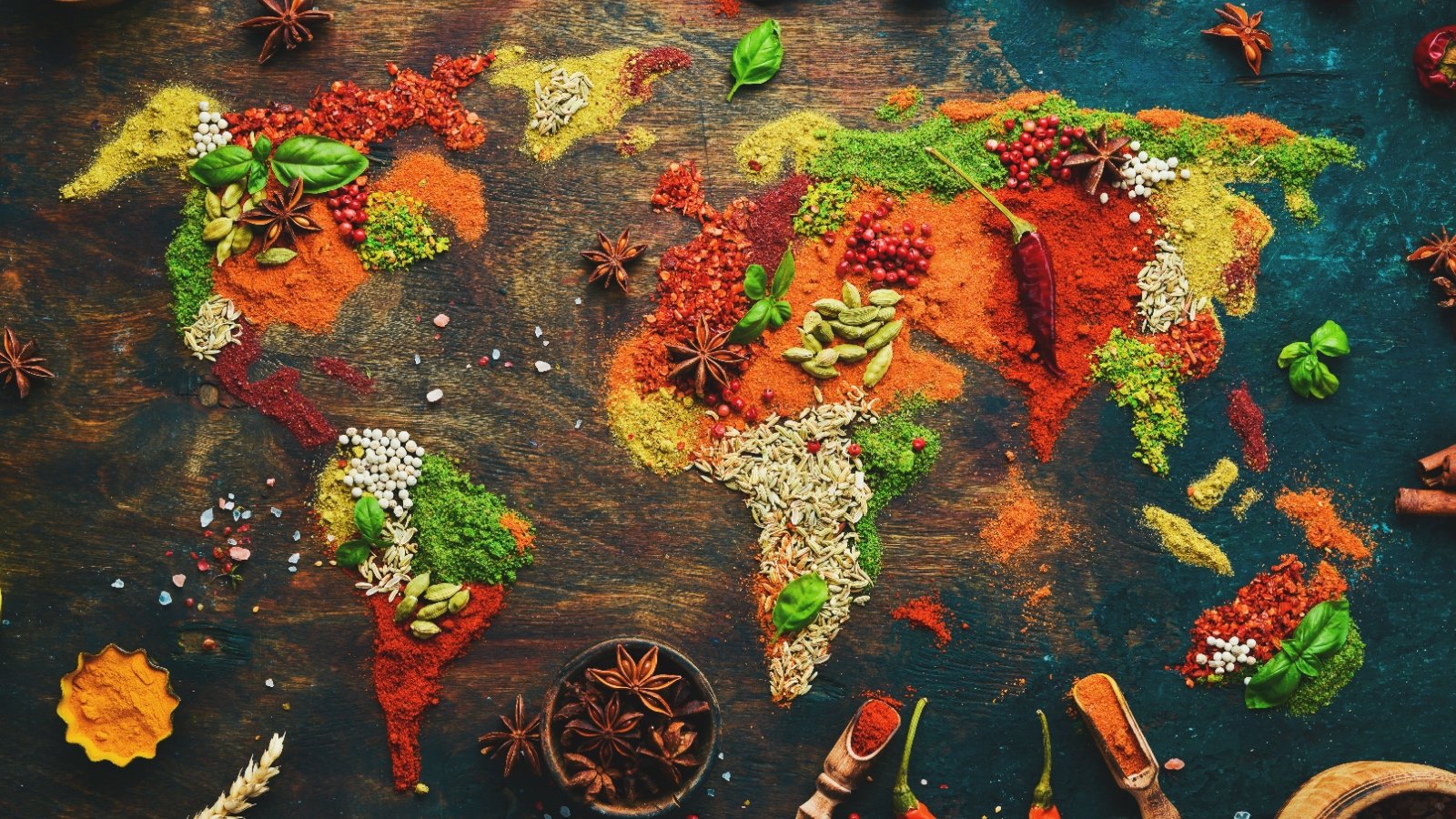Food preferences vary widely around the world, with some dishes beloved in one culture considered strange or even repulsive in another.
Many foods that are everyday staples in certain countries can evoke strong reactions from Americans unfamiliar with them.
Understanding these culinary differences not only broadens our horizons but also highlights the rich diversity of global cuisine. Let’s expand our knowledge and explore foods that Americans typically find repulsive but are adored by people in other parts of the world.
Vegemite

Vegemite, a thick, black spread made from leftover brewers’ yeast extract, is an Australian favorite. Its strong, salty flavor is an acquired taste that many Americans find overwhelming. However, Australians adore it on toast with butter, claiming it’s an essential part of their breakfast routine.
Natto
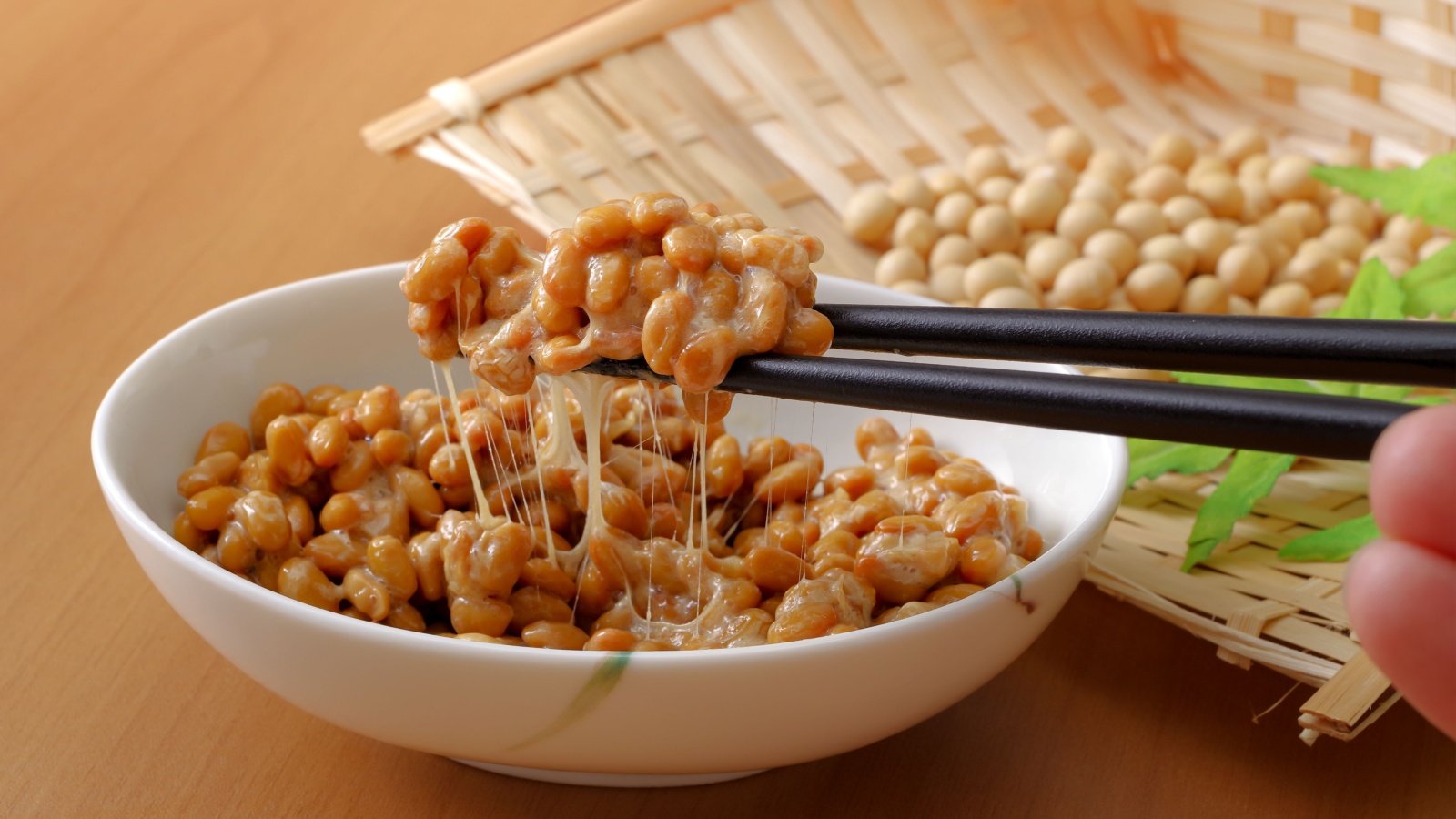
Natto is a Japanese dish consisting of fermented soybeans with a strong smell and slimy texture. While its pungent aroma and gooey consistency are unappealing to many Americans, it’s a beloved breakfast food in Japan. Natto is praised for its health benefits, including high protein and probiotic content.
Black Pudding

Black pudding, also known as blood sausage, is a popular breakfast item in the UK and Ireland. Made from pork blood, fat, and oatmeal, it’s rich in flavor and nutrients. Many Americans find the idea of eating blood off-putting, but it’s a staple in traditional British breakfasts.
Durian
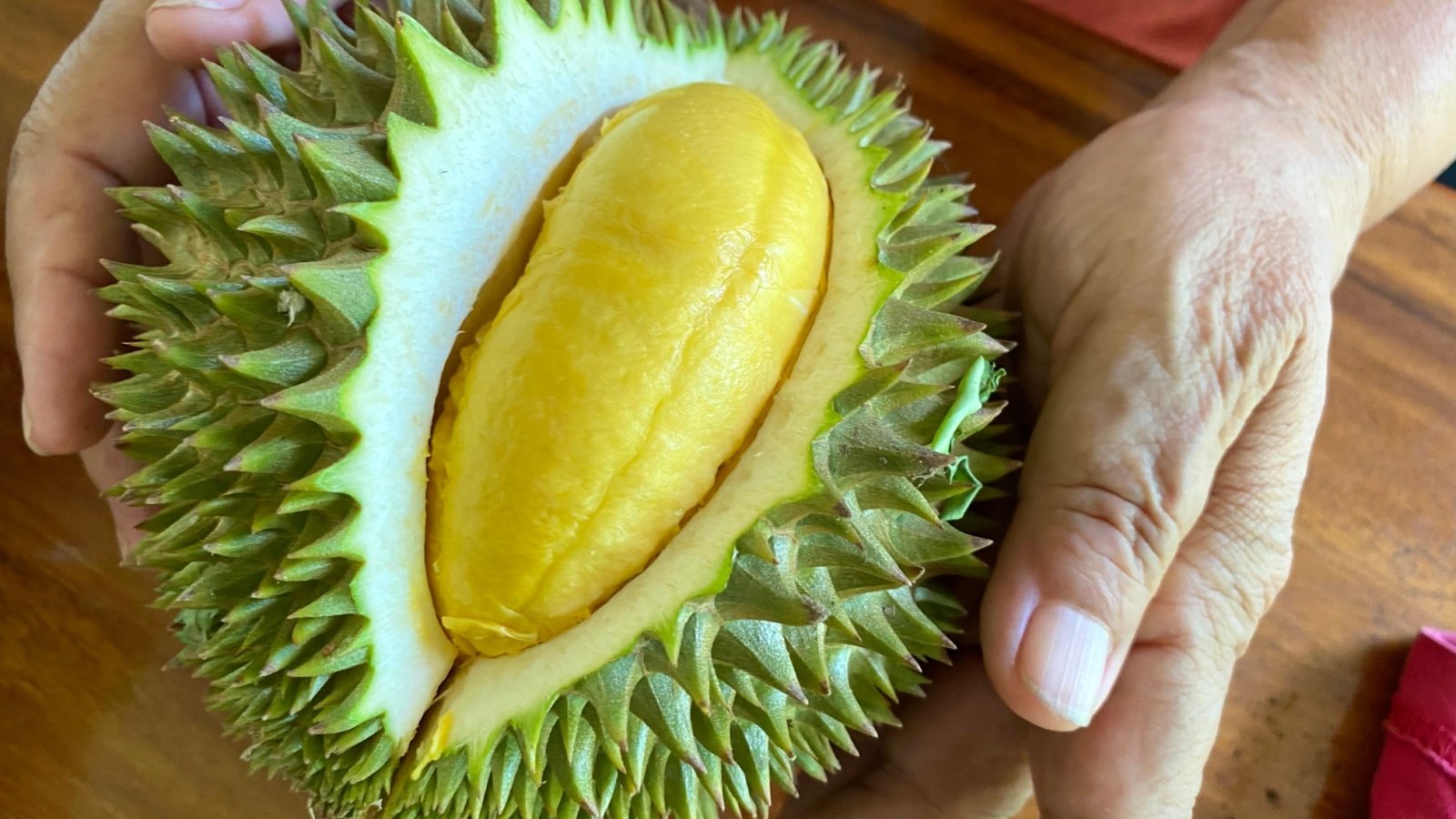
Durian, known as the “king of fruits,” is infamous for its strong odor, often compared to rotten onions or sewage. While the smell deters many Americans, it’s a beloved fruit in Southeast Asia. Fans of durian describe its taste as creamy and sweet, with a custard-like texture.
Kimchi
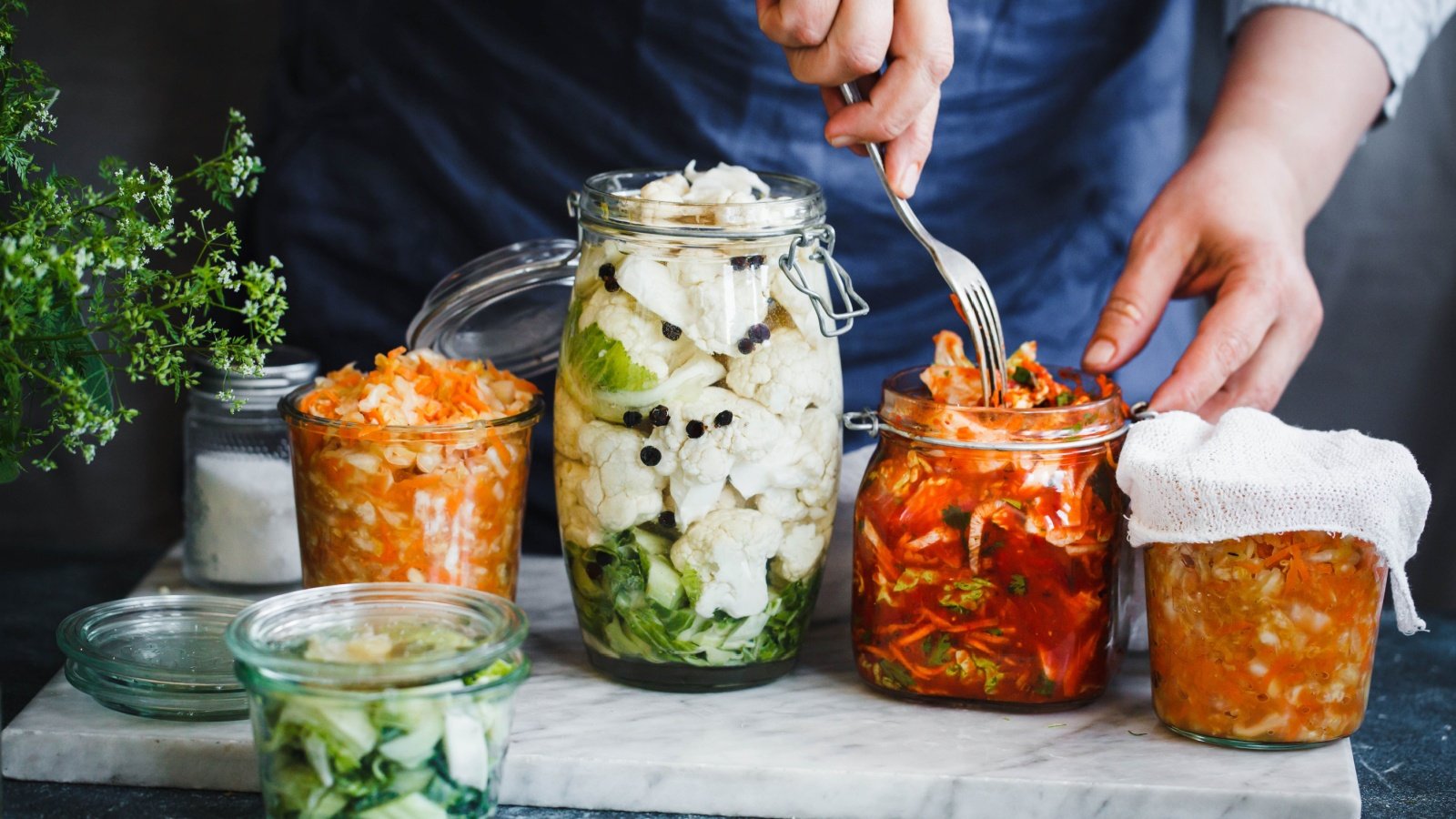
Kimchi is a Korean staple made from fermented vegetables, typically cabbage, and seasoned with chili pepper, garlic, ginger, and fish sauce. Its strong, spicy, and tangy flavor can be overwhelming for some Americans. However, it’s a beloved side dish in Korea, known for its health benefits and versatility.
Escargot
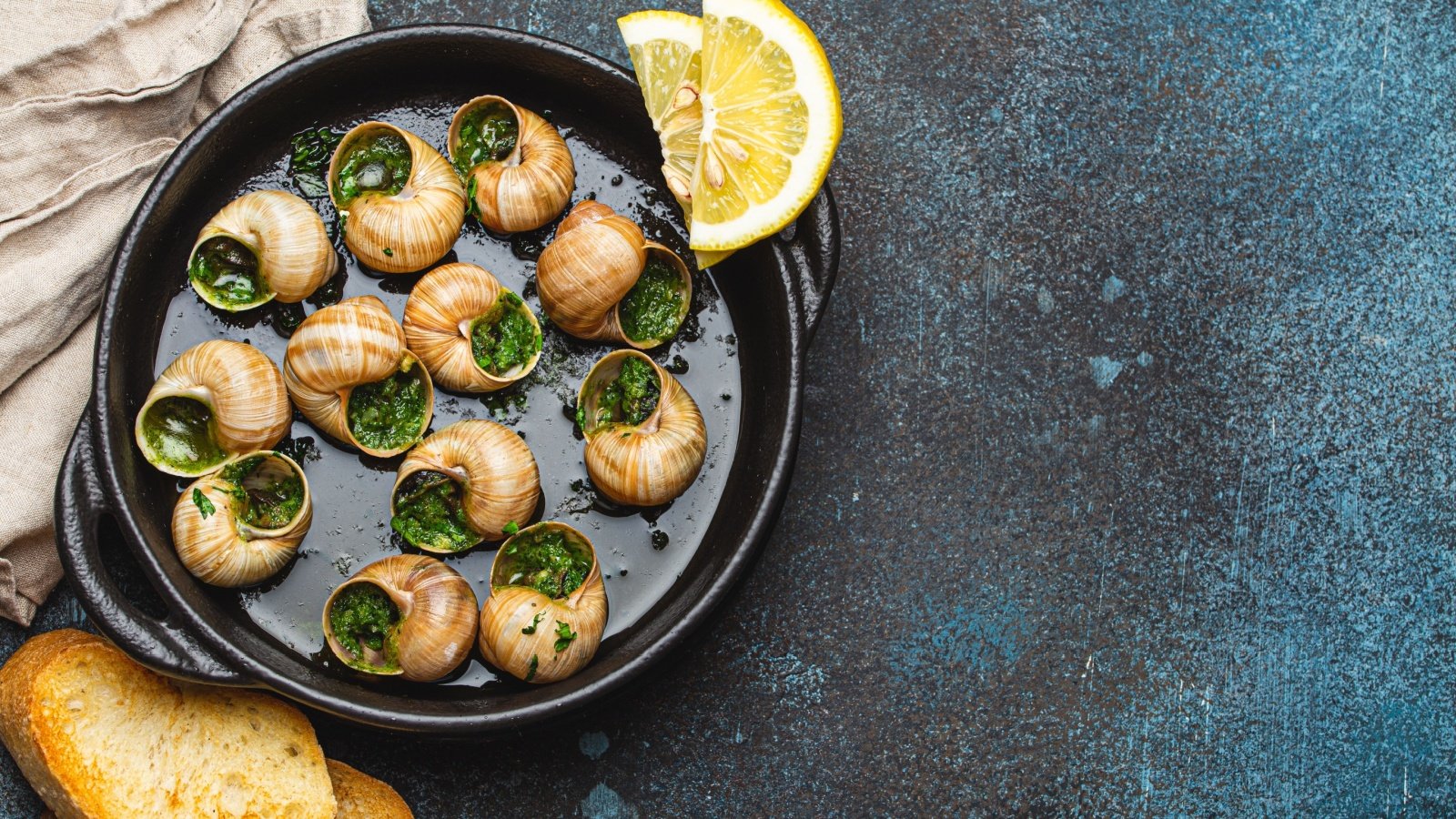
Escargot, or cooked land snails, is a famous French delicacy often served with garlic butter. The texture and idea of eating snails are unappealing to many Americans. Nonetheless, escargot is cherished in France for its tender texture and savory taste.
Haggis
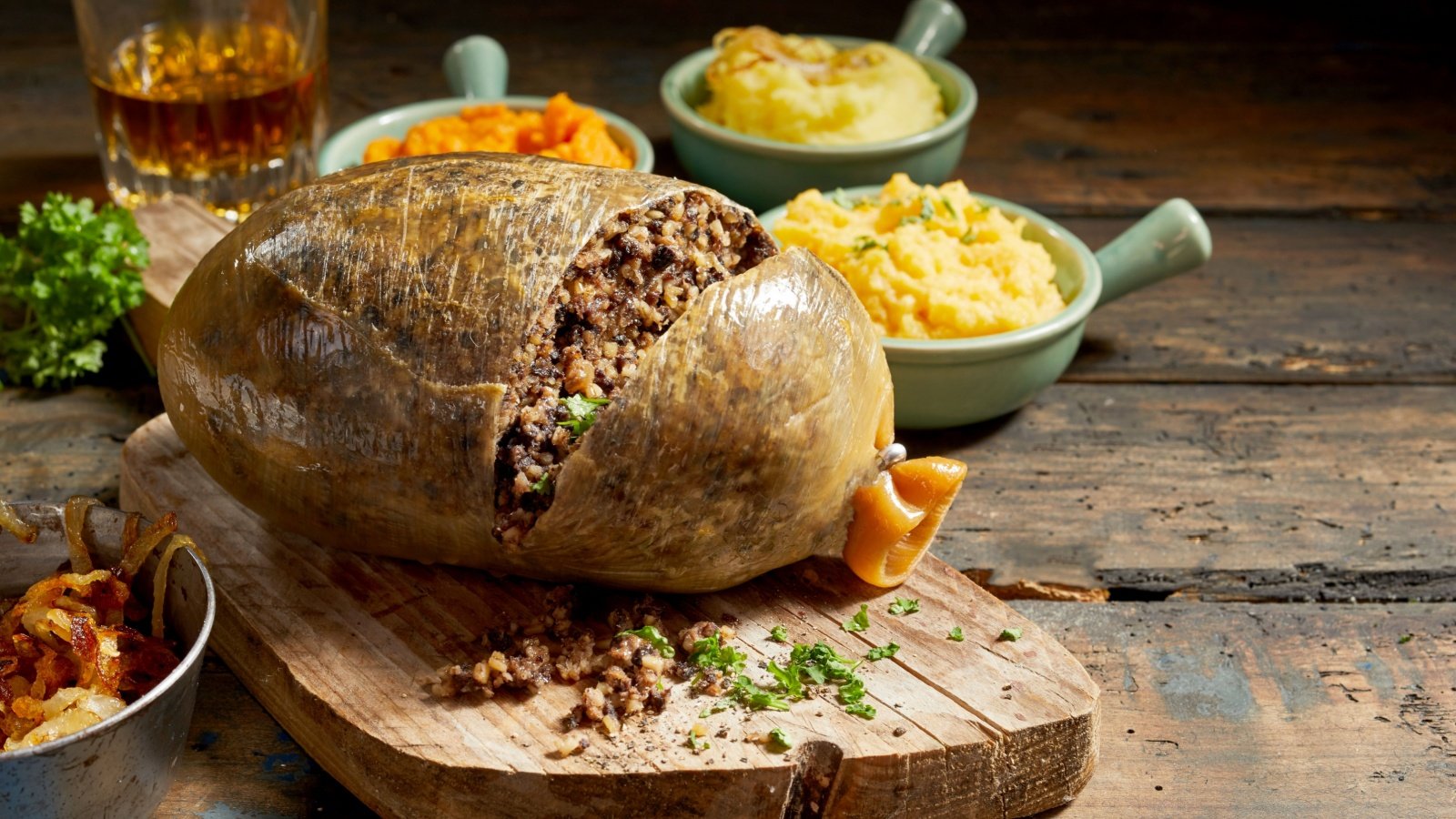
Haggis is a traditional Scottish dish made from sheep’s heart, liver, and lungs, mixed with oatmeal and spices, and encased in the animal’s stomach. The thought of consuming organ meat is unappetizing to many Americans. Scots, however, enjoy haggis as a national dish, especially during Burns Night celebrations.
Balut
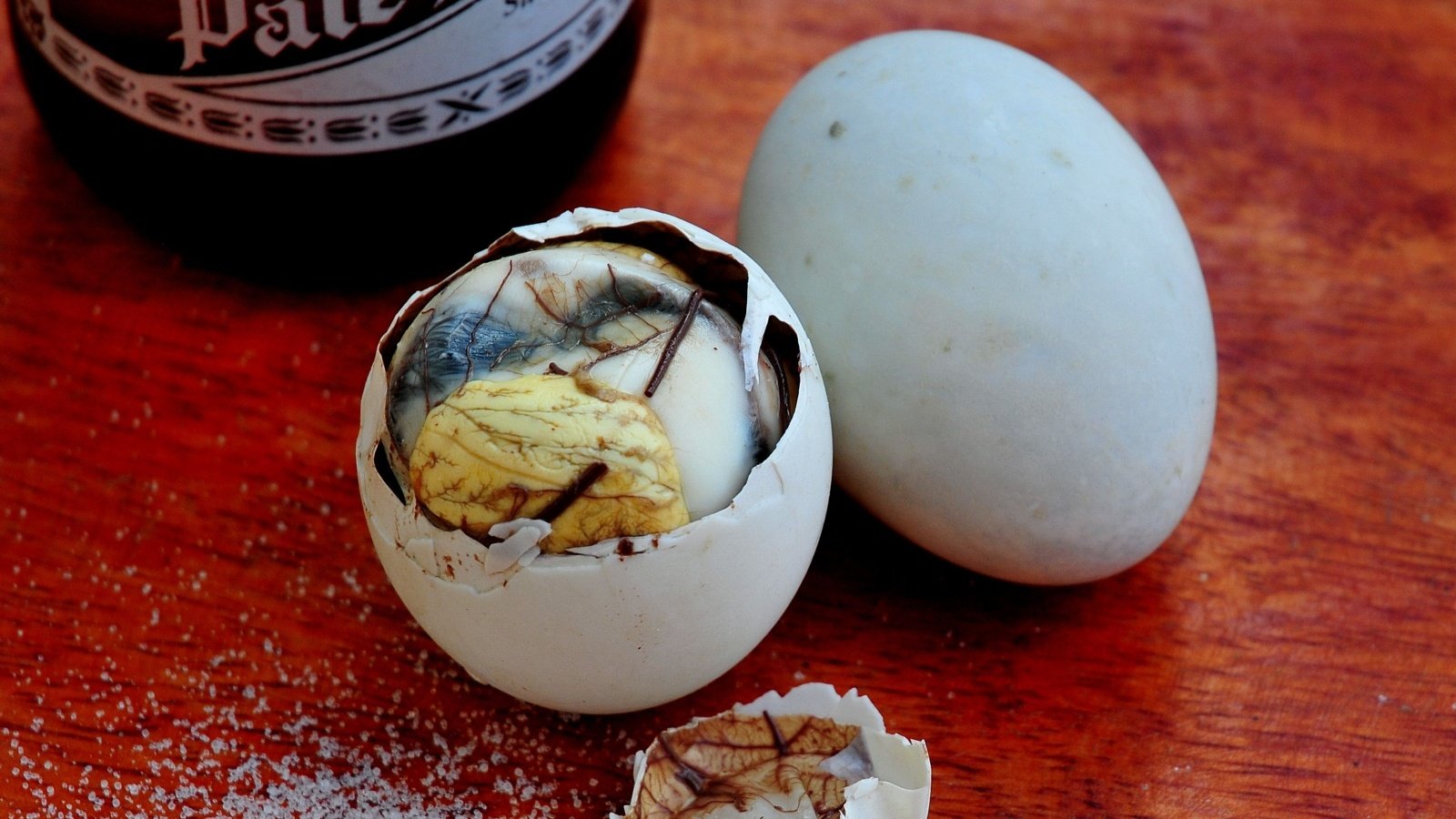
Balut is a fertilized duck egg with a developing embryo commonly eaten in the Philippines. The sight of the partially developed bird is unsettling to many Americans. In the Philippines, it’s a popular street food, prized for its unique flavor and nutritional value.
Fish Head Curry
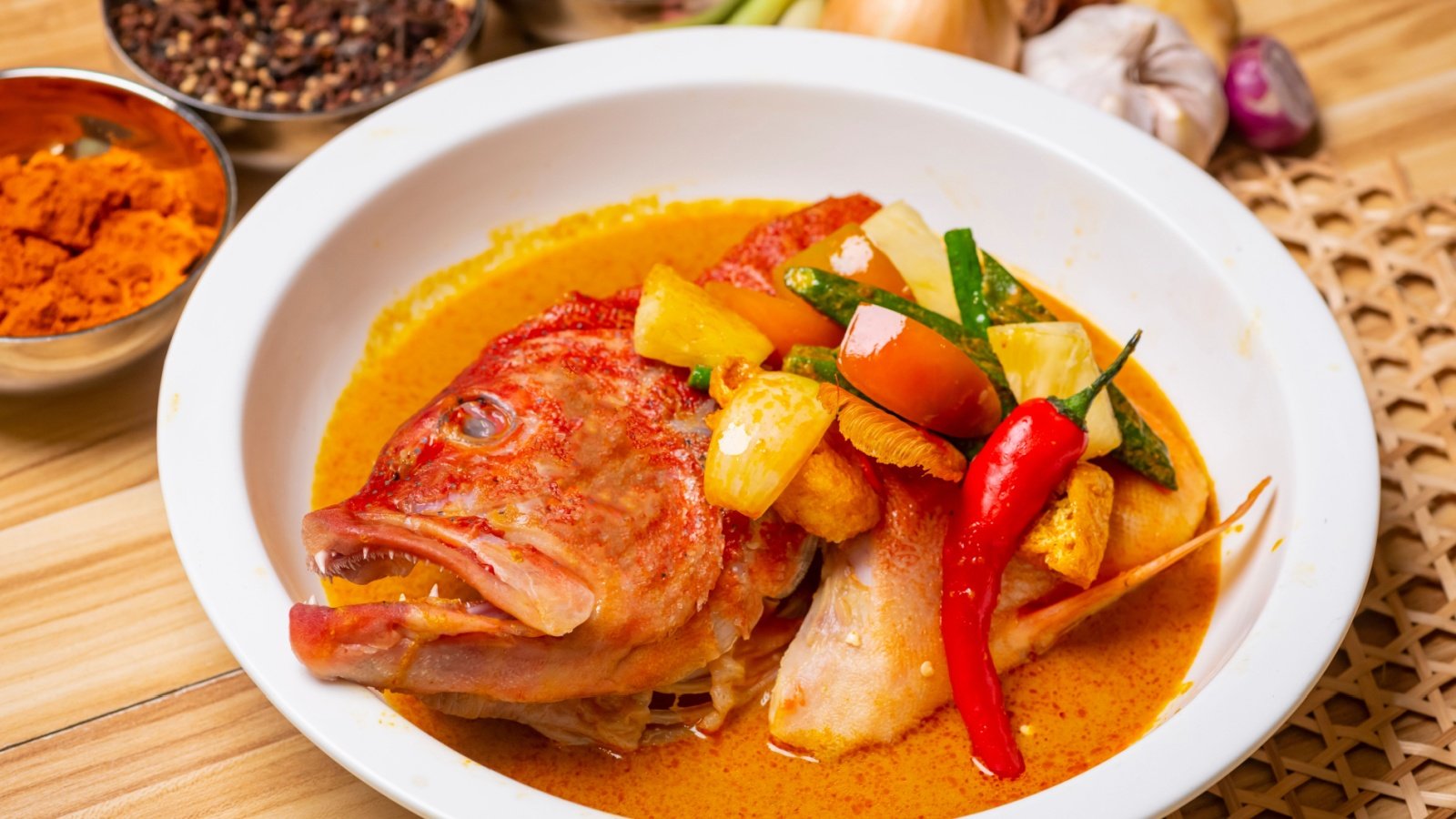
Fish head curry is a popular dish in Southeast Asia, particularly in Singapore and Malaysia. The sight of a whole fish head in the curry is unappealing to many Americans. However, locals enjoy the tender cheek meat and flavorful curry broth.
Sannakji
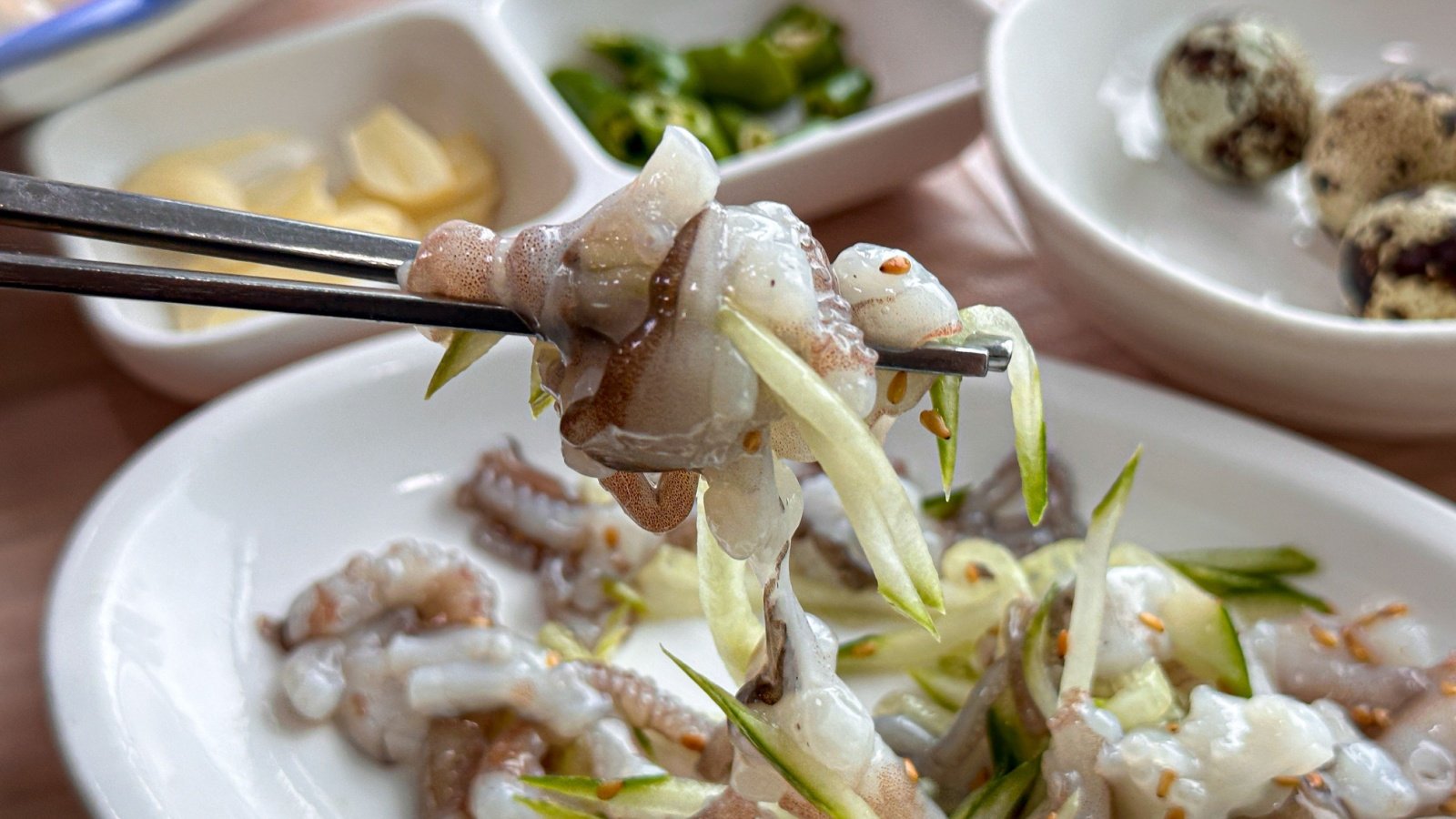
Sannakji is a Korean dish consisting of live octopus tentacles served immediately after being cut. The tentacles continue to move on the plate, which many Americans find disturbing. In Korea, it’s appreciated for its freshness and unique dining experience.
Pickled Herring

Pickled herring is a traditional dish in Scandinavia, often served with onions and sour cream. Its strong, tangy flavor is not well-received by many Americans. However, it’s a beloved delicacy in Nordic countries, enjoyed for its taste and historical significance.
Fried Insects
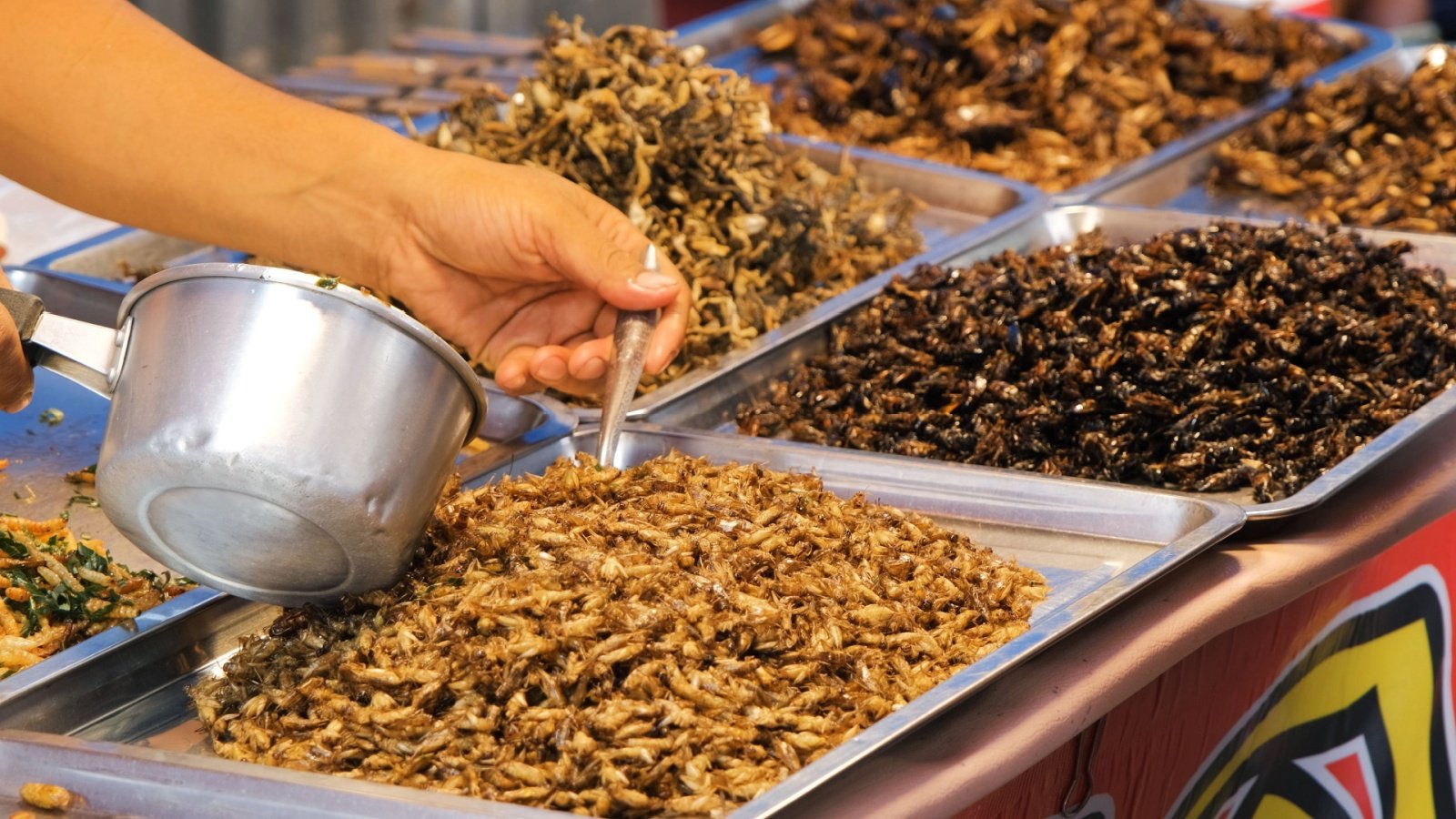
Fried insects, such as crickets and grasshoppers, are common snacks in many parts of the world, including Thailand and Mexico. The idea of eating insects is repulsive to many Americans. Despite this, they are a nutritious and sustainable food source, appreciated for their crunch and flavor.
Tripe
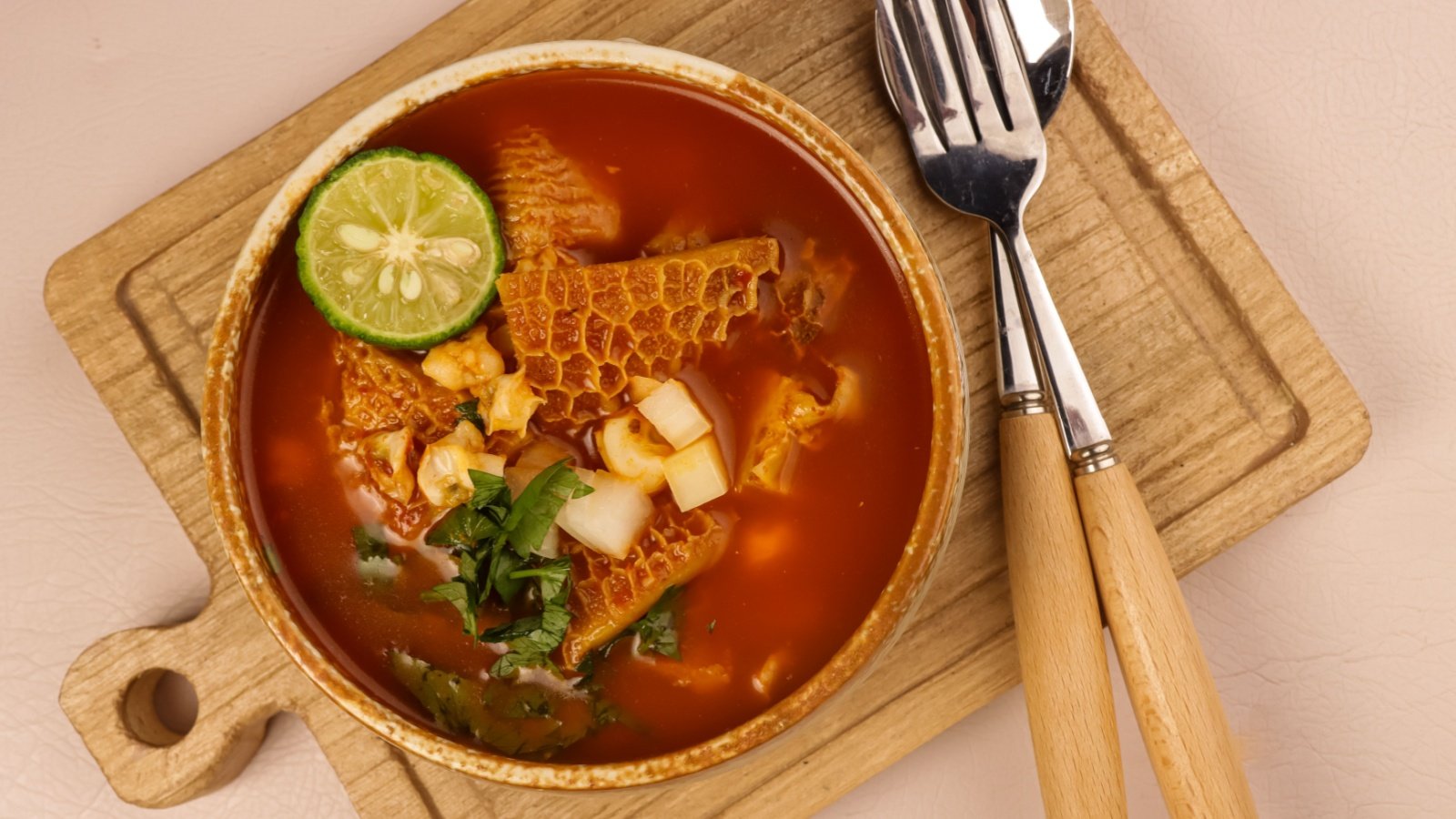
Tripe, the edible stomach lining of cows, is a common ingredient in many traditional dishes worldwide. Its chewy texture and appearance can be off-putting to Americans. However, it’s enjoyed in dishes like Mexican menudo and Italian trippa alla Romana for its unique texture and ability to absorb flavors.
Beef Tongue
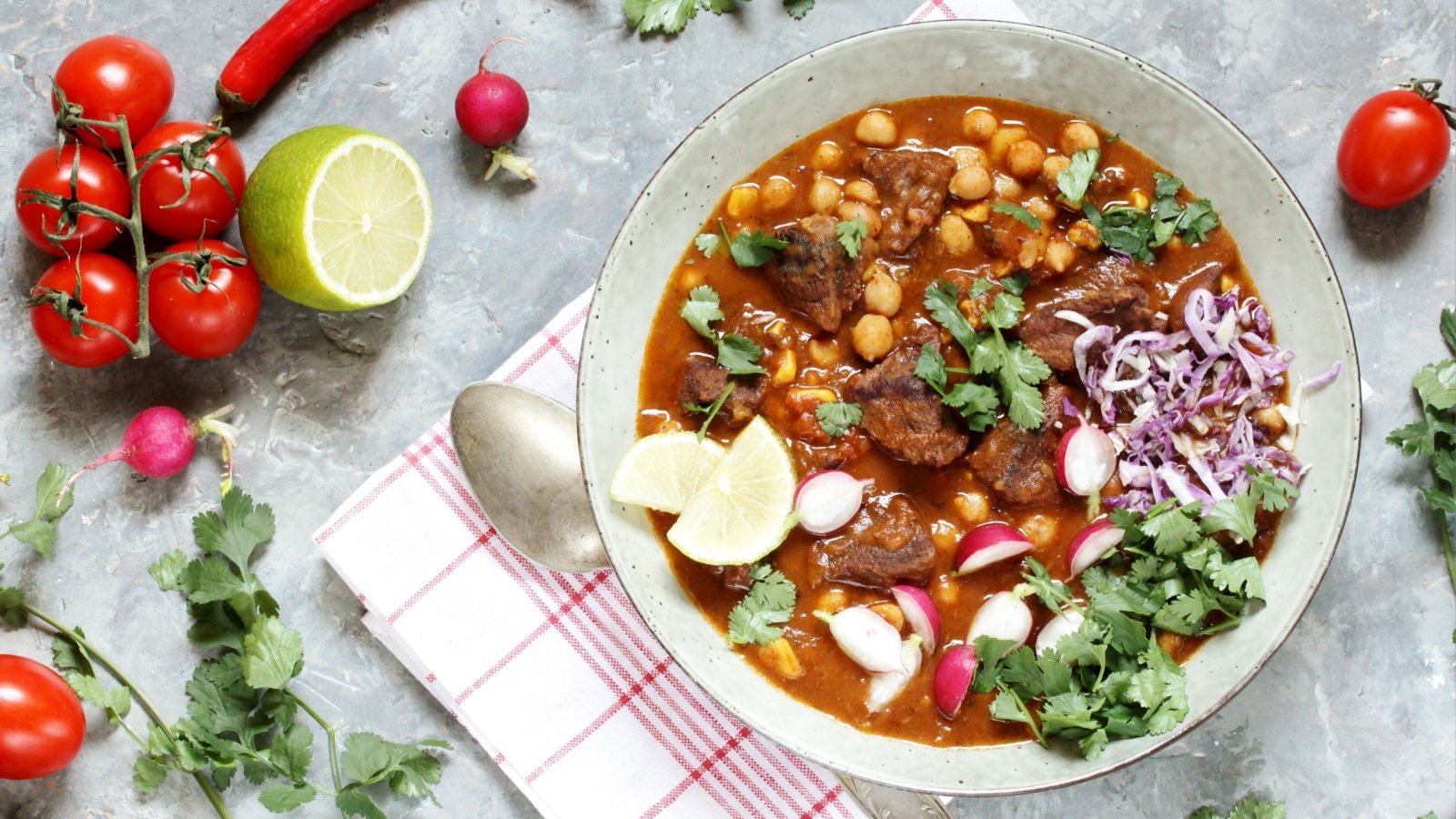
Beef tongue is a common dish in many cultures, including Mexico and Japan. The texture and appearance can be unappealing to Americans who are not used to eating this cut of meat. However, when prepared properly, it’s tender and flavorful, enjoyed in tacos or as a stew ingredient.
Century Egg

Century eggs, or preserved eggs, are a Chinese delicacy made by preserving eggs in a mixture of clay, ash, and salt for several weeks to months. The result is a dark, gelatinous egg with a strong flavor. While many Americans find its appearance and taste off-putting, it’s a beloved ingredient in Chinese cuisine.
Lutefisk
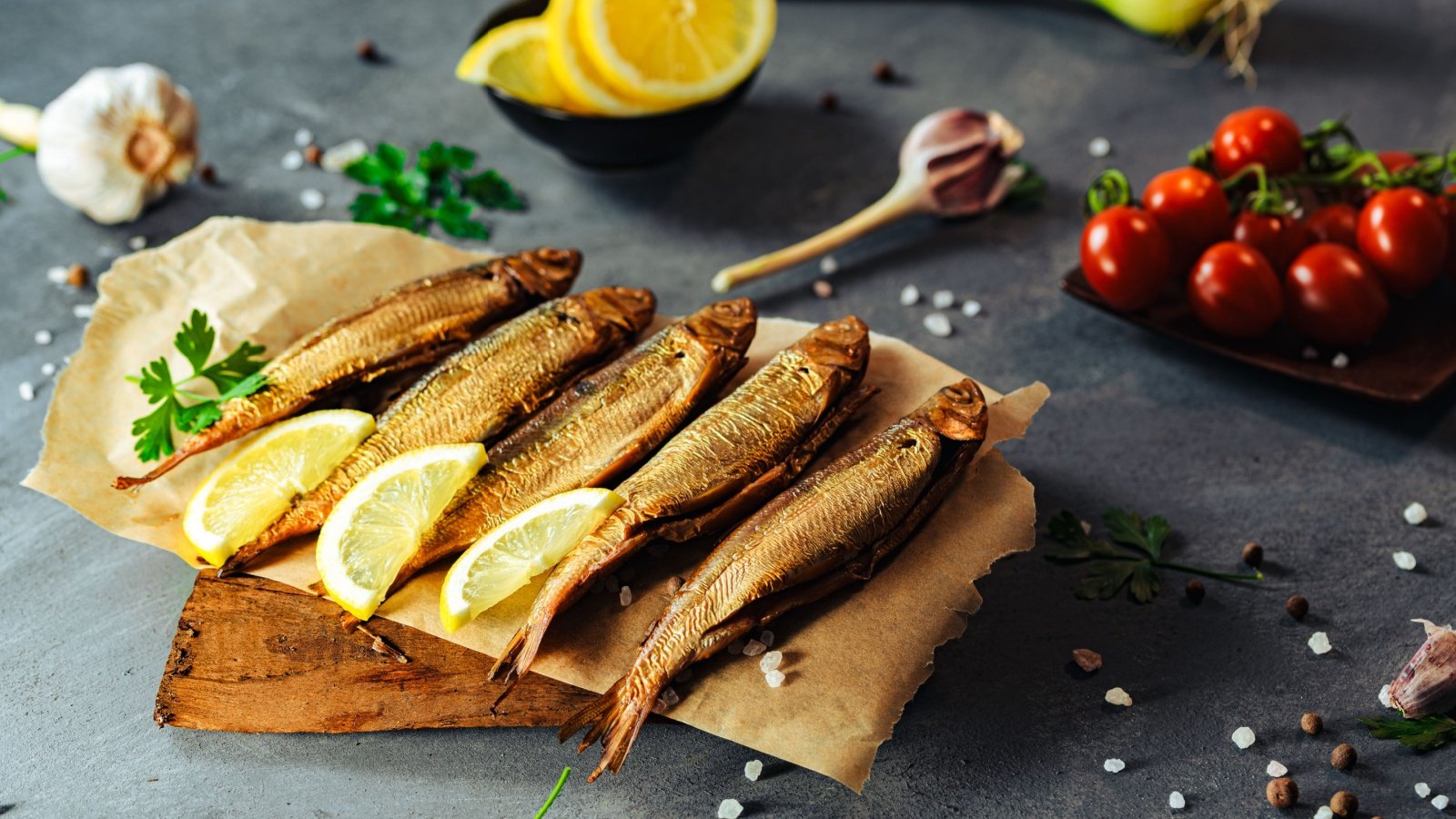
Lutefisk is a traditional Nordic dish made from dried fish soaked in a lye solution before cooking. The lye treatment gives it a gelatinous texture that many Americans find unappealing. Despite this, lutefisk is a cherished holiday dish in Norway and Sweden.
Chicken Feet

Chicken feet are a popular snack and dim sum item in many Asian countries. The texture and appearance can be off-putting to Americans who are unaccustomed to eating this part of the chicken. However, chicken feet are enjoyed for their gelatinous texture and rich flavor.
Surströmming

Surströmming is a Swedish delicacy made from fermented herring. Its strong, fishy smell is notoriously potent, often considered one of the smelliest foods in the world. Despite its pungent aroma, Swedes enjoy surströmming in traditional dishes, particularly during special events.
Stinky Tofu

Stinky tofu is a fermented tofu dish popular in Taiwan and China. Its strong odor, similar to rotten garbage, is off-putting to many Americans. Despite the smell, it’s a beloved street food, appreciated for its deep, rich flavor.
Hákarl

Hákarl is a traditional Icelandic dish made from fermented shark meat. The shark meat is buried underground to ferment for several months, then hung to dry. Its pungent ammonia smell and intense flavor are off-putting to many Americans, but Icelanders consider it a delicacy.
Marmite
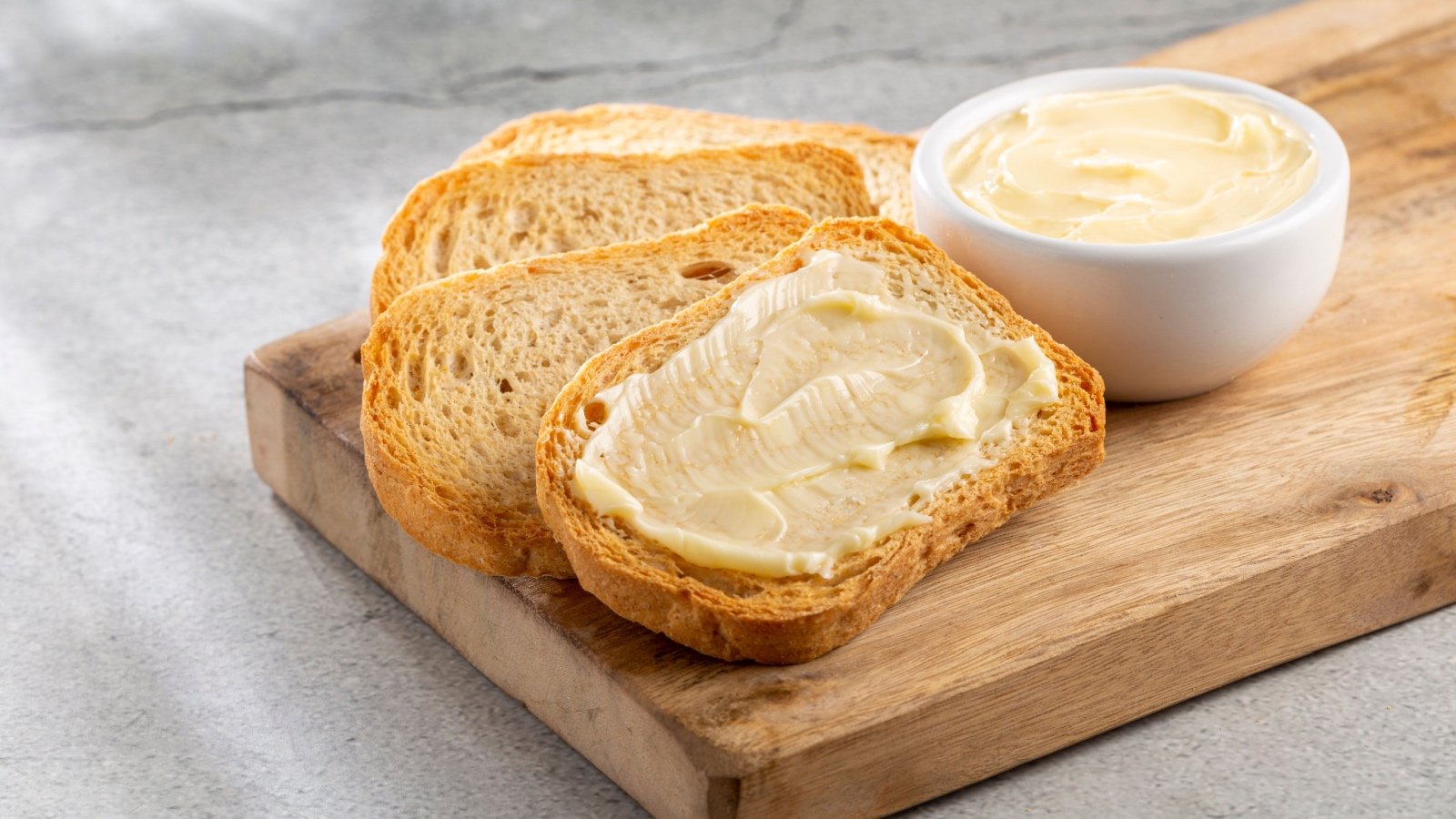
Marmite, similar to Vegemite, is a British spread made from yeast extract. Its salty, savory taste is polarizing, often described as an acquired taste. Despite its divisive flavor, Marmite has a dedicated fan base in the UK who enjoy it on toast or in sandwiches.
Jellyfish Salad
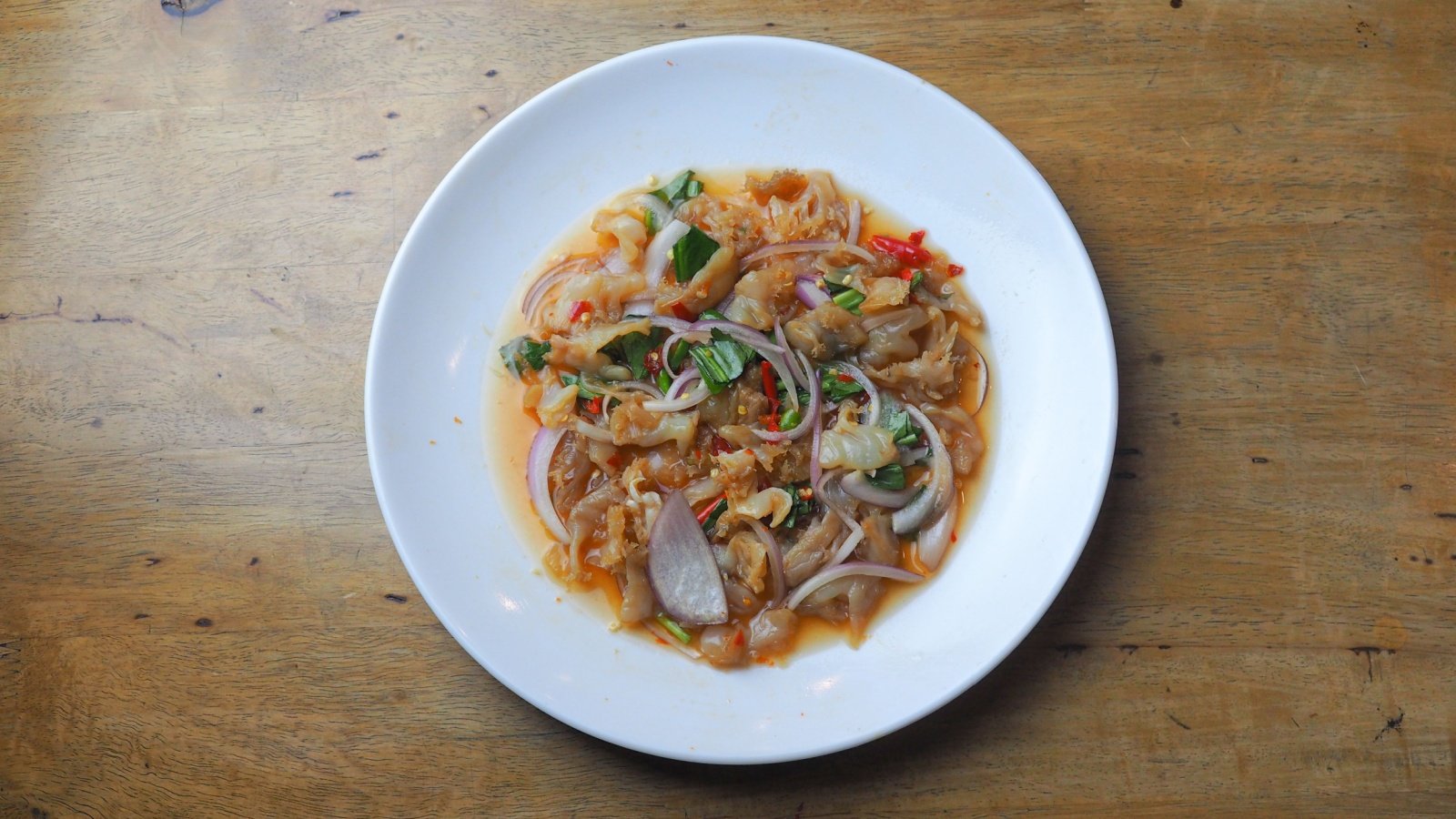
Jellyfish salad is a popular dish in Chinese cuisine, known for its crunchy texture. The thought of eating jellyfish is unappealing to many Americans. Despite this, it’s valued in Chinese culture for its refreshing taste and health benefits.



